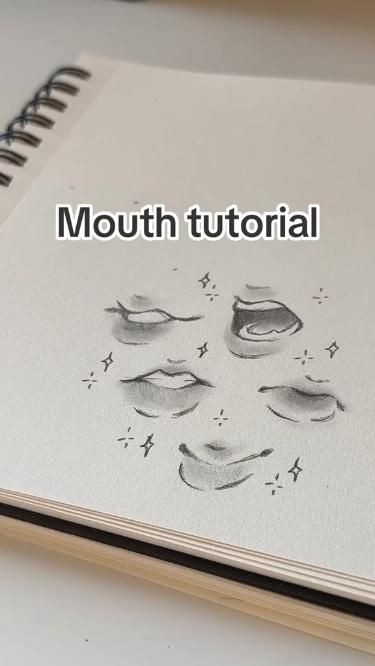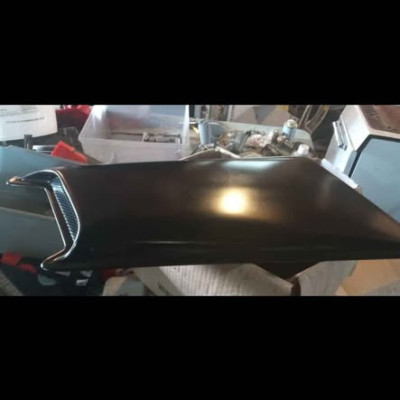Mastering the Art of the Mouth: A Comprehensive Tutorial
The human mouth is a powerful tool of expression and communication. From smiles that warm hearts to words that shape destinies, understanding how to draw and depict the mouth is essential for any aspiring artist. Whether you're sketching portraits, creating comic book characters, or animating scenes, mastering the intricacies of the mouth can greatly enhance your artwork's realism and emotional impact. This tutorial aims to guide you through the fundamental aspects of drawing a mouth, from its anatomy to nuanced expressions.
Understanding the Anatomy
Before diving into drawing, it's crucial to grasp the basic anatomy of the mouth. The mouth consists of several key components:
Lips: The lips frame the mouth and come in various shapes and sizes. They are often plump and soft, with a distinct vermilion border (the edge where the skin of the lips meets the normal skin of the face).
Teeth: When visible, teeth add realism to your drawing. They are typically depicted as white, with shadows and highlights to indicate their form and position.
Tongue: The tongue is rarely visible in a closed mouth but becomes important in certain expressions and when drawing open mouths.
Cheeks and Jawline: These surrounding features influence the shape and contour of the mouth, especially when expressing emotions like smiling or frowning.
Step-by-Step Drawing Guide
Basic Outline: Start by lightly sketching the outline of the lips and the general shape of the mouth. Pay attention to symmetry and proportions.
Adding Detail: Define the lips more clearly. Lips can be thin or full, and the upper lip tends to be thinner than the lower lip. Use shading to create a sense of volume and form.
Teeth and Gums: If visible, lightly sketch the teeth and gums. Remember that teeth are not uniformly white; they have shadows and reflections that add depth.
Emotional Expression: Experiment with different expressions. A slight curve upwards can convey a smile, while a downturned shape can show sadness. The position of the lips, teeth, and corners of the mouth all contribute to these expressions.
Final Touches: Refine your drawing with subtle details like creases around the lips, subtle shading, and highlights to enhance realism.
Tips for Practice
Observe Real Faces: Study photographs or observe people around you to understand how the mouth changes with different emotions and angles.
Use References: Keep a collection of mouth references to study and draw from. This can include both photographs and artwork by other artists.
Practice Regularly: Like any skill, drawing mouths improves with practice. Set aside time to sketch mouths from different angles and in various expressions.
Conclusion
Mastering the art of drawing mouths requires patience, observation, and practice. By understanding the anatomy of the mouth and practicing different expressions, you can add depth and emotion to your artwork. Whether you're aiming for photorealism or stylized caricatures, a well-drawn mouth is essential for conveying the subtleties of human expression. So pick up your pencil, study the nuances, and let your art speak volumes through the mastery of the mouth.






